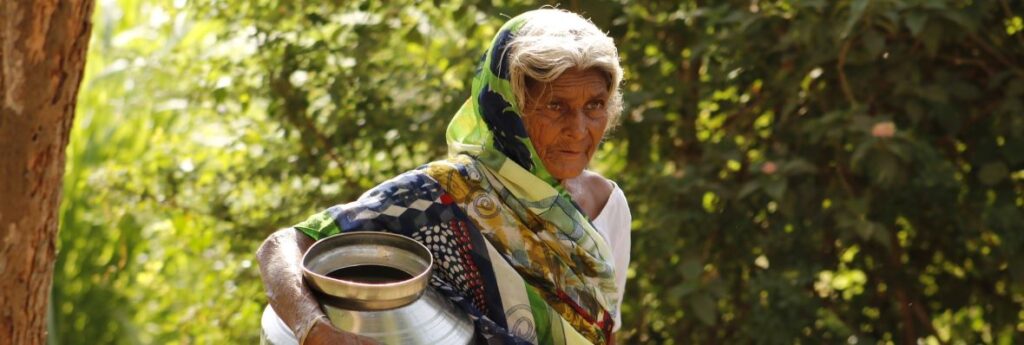Panama is planning to preserve important ecological trails critical to tourism, ecology, and scientific discovery with a new project dubbed “1,000 Kilometers of Trails.” Created by the Panama Tourism Authority (ATP) in alliance with the Ministry of Environment, and developed within the framework of the Tourism, Conservation and Research (TCR) strategy of Panama’s Master Plan for Sustainable Tourism, the initiative aims to conserve nature and diversify rural economies through the development of the outdoor recreation industry and green tourism in protected areas.
It is also aligned with a government plan to help marginalized rural communities benefit from economic activities.
“Tourism based on Panama’s Green Heritage is one of the fundamental areas of the economic reactivation strategy and it is incredibly important we create and seek out these opportunities,” says Panama’s Minister of Tourism Ivan Eskildsen. “As a result of the pandemic, travellers are looking to make stronger connections with nature and spaces where they can appreciate biodiversity. This project launches the TCR strategy, an innovative model that creates synergies between tourism, conservation, and research to appeal to the preferences of a growing market of conscious travellers.”
Panama has 125 protected areas in the country, of which 30% are terrestrial and 10% are coastal marine. The 1,000 km. of trails will cover areas close to communities and private reserves, which are deemed important for the connectivity of protected areas at the national level.
Through the partnership, the Ministry of Environment plans to increase the protected coastal marine areas from 10% to 30% by the end of 2021.
The first phase of the Trails Project will obtain data on the location and condition of the country’s trails, as well as information on the interest and capacity of community groups to incorporate themselves into a recreation and tourism economy. In phase two, the information gathered will be used to develop and validate work and training plans.
“Protected areas, private reserves, roads between rural communities, beaches, mangroves, among others, contain a myriad of recreational and tourist attractions, but they require infrastructure,” says trail project co-ordinator Adrian Benedetti. “Therefore, a multisectoral effort is needed to improve them. The project will begin with local volunteers who wish to support the maintenance of these infrastructures, thus opening the way for the growth of Panama’s recreational and tourism sector.”

